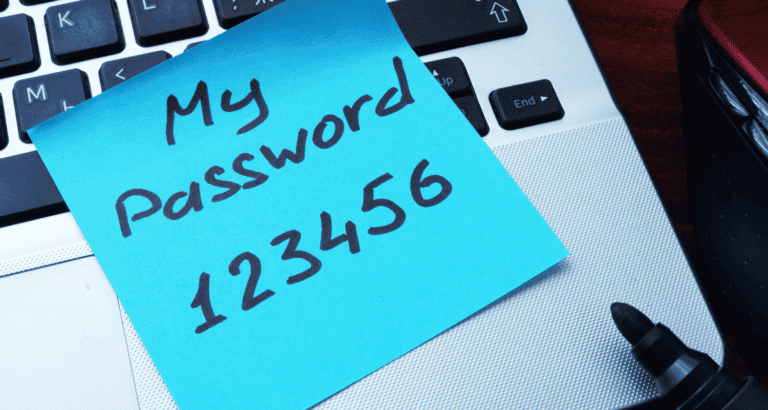The end of support for Windows 10 is big news, but there are more changes afoot at Microsoft: the autofill feature for passwords in the Authenticator app will be discontinued this week.
As of August 1, 2025, it will no longer be possible to automatically fill in passwords via this app. Microsoft is moving this functionality to the Edge browser, which the company believes is better able to combine security and ease of use within a single platform.
The phase-out of the feature is now largely complete. Since June, users have been unable to add or import new passwords in Authenticator. In July, automatic data filling was disabled. As of this week, stored passwords are no longer accessible via the app. Payment information will also be deleted, and generated passwords that have not been explicitly saved will be lost.
Edge as the central location for password management
Passwords and address details will remain stored in the user’s Microsoft account and can be managed via the Edge browser. Microsoft is positioning Edge as the central location for password management, with features such as Defender SmartScreen, password monitoring, and AI-assisted security. Setting Edge as the default autofill provider on mobile devices will ensure continued access to stored data.
Microsoft Authenticator will continue to support passkeys, a more secure alternative to passwords that uses biometrics or device verification. Users who have set up passkeys for their Microsoft account must keep the app active as their passkey provider. If Authenticator is disabled, the passkey functionality will no longer work. This makes passkeys the only functionality that will remain in Microsoft Authenticator.
Users who prefer to switch to another password manager, such as Google Password Manager or Apple iCloud Keychain, can export their data until August 1 at the latest. After that, stored passwords will no longer be available via Authenticator. Address details can be transferred manually or exported via Edge. For security reasons, payment information must be re-entered.
Microsoft advises users to switch to an alternative as soon as possible to prevent data loss. The change marks the end of a feature that was particularly useful for users who wanted to combine password management with two-factor authentication in a single app.
